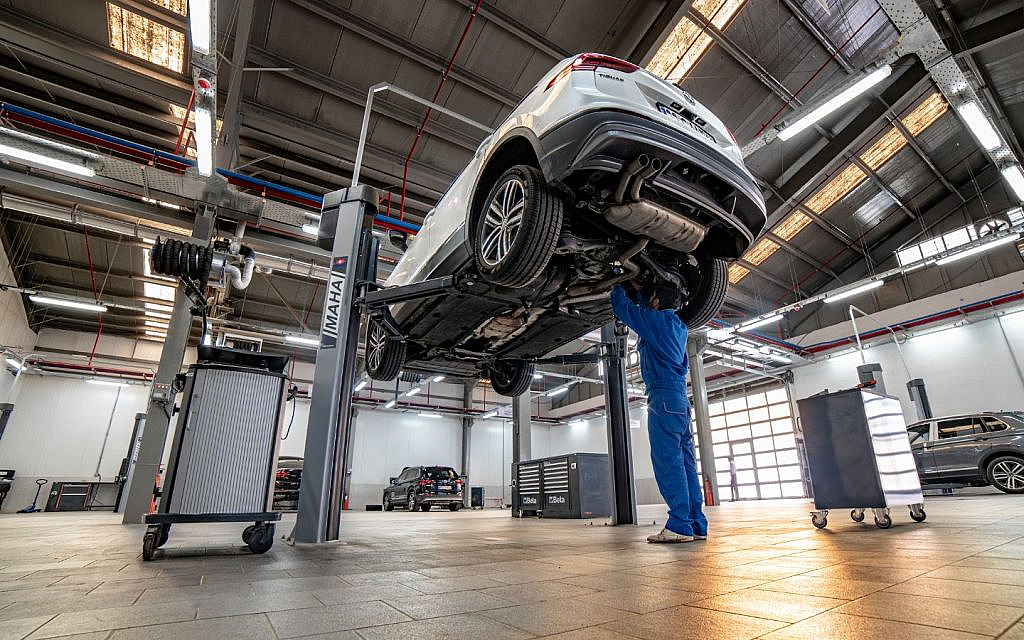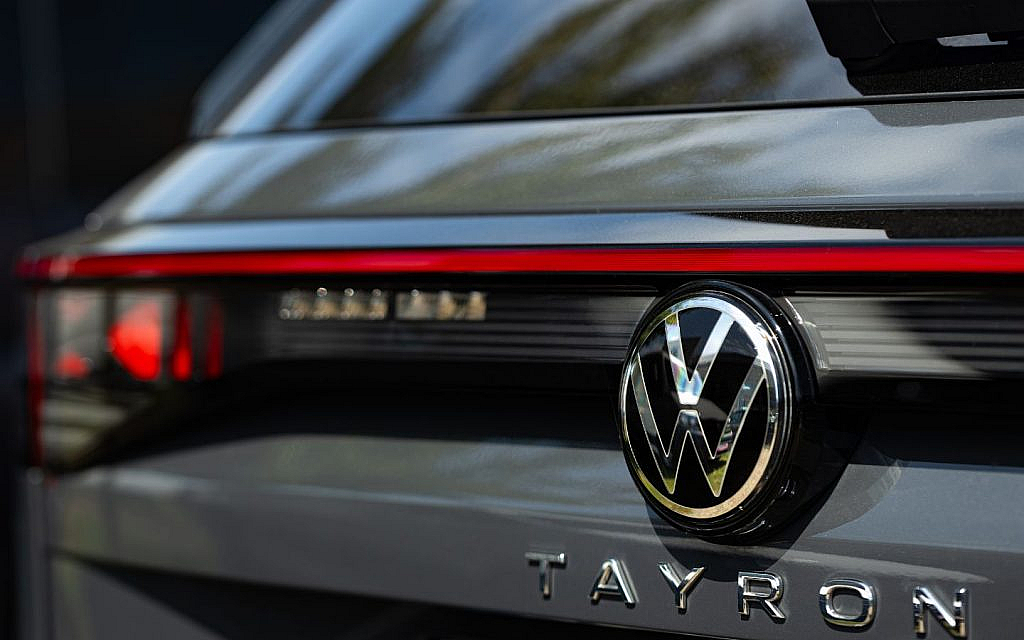Inside VW’s MQB Platform: How Engineering Drives Flexibility
The MQB platform stands for Modularer Querbaukasten, which translates to Modular Transverse Matrix. It is Volkswagen Group’s flexible system that allows many cars to share the same core architecture, especially with transverse-mounted front engines. Introduced in 2012, MQB has become the foundation for a wide range of VW Group models, delivering efficiency, safety and advanced technology integration.
Understanding Modular Vehicle Systems

Before exploring the Volkswagen MQB platform, it’s important to understand what a modular vehicle system means. Modular vehicle systems form the backbone of modern car design. In automotive engineering, multiple models are built on a shared set of structural and mechanical components instead of being designed separately. This common foundation, called a platform, helps streamline production while maintaining safety, performance and standards.
What a Car Platform Includes
It is pertinent to note that a car platform is not the chassis. The platform is the underlying structure of a vehicle, the backbone that supports the body, drivetrain, and other components. While the chassis is an important part of the system, it is only one element. A complete platform also includes the floor pan, suspension system, and other structural and mechanical parts. Together, these define the size, proportions and overall capabilities of a vehicle.
Evolution of Car Platforms
Car platforms have existed since the early days of automobile manufacturing. Early platforms were rigid structures built mainly to support the engine and passenger compartment. As the industry evolved, designs became more complex.
Unibody Construction: A Milestone
A major milestone was the introduction of unibody construction in the 1930s, where the body and chassis were combined into a single unit. Naturally, this made cars lighter, stronger and more rigid compared to traditional body-on-frame designs.
The Rise of Modular Platforms
Initially, each model required a unique platform, which was costly and time-intensive. Modular platforms changed that by allowing multiple models to share the same base structure.
The MQB Platform Explained

The MQB platform is Volkswagen Group’s modular system for vehicles with transverse-mounted front engines. Introduced in 2012 with the third-generation Audi A3 and the seventh-generation VW Golf, MQB allows the company to produce a wide variety of vehicles efficiently while maintaining consistent engineering standards across its brands.
The platform standardises critical components such as the engine mounting position, front axle placement and pedal box, keeping them compatible across models. At the same time, it allows flexibility in wheelbase, track width and body size, supporting hatchbacks, sedans and SUVs.
Other elements, including suspension setups, drivetrain options and electronics modules, are shared across models, reducing complexity and production costs. For drivers, this translates into reliable build quality, consistent safety standards and access to modern features, including advanced driver-assist systems, infotainment and connectivity, regardless of the model size or type.
The modular approach also allows Volkswagen to launch new models more quickly while keeping engineering and manufacturing efficient. To put it simply, the platform evolves alongside technological advancements without requiring entirely new designs for each vehicle.
Car Models Built on the MQB Platform

Volkswagen Group Brands using the MQB Platform include the following.
Volkswagen Models Using MQB Platform
- Golf Mk7 & Mk8
- Jetta (A7)
- European-market Passat B8
- Tiguan Mk2 & Mk3
- T-Roc Mk2
- Tayron Mk2
- Talagon
- Tavendor
- Lamando L
- Caddy Mk4
- Multivan (T7)
- Atlas/Teramont Mk2
- Tourneo Connect Mk3 (co-developed with Ford)
Škoda Models Using MQB Platform
- Octavia Mk3 & Mk4
- Superb Mk3 & Mk4
- Kodiaq Mk2
- Karoq
- Scala
- Kamiq
SEAT Models Using MQB Platform
- León Mk3 & Mk4
- Ateca
- Arona
- Tarraco
Cupra Models Using MQB Platform
- Formentor
- Terramar
Other brands using MQB include some China-exclusive Jetta models.
Benefits of the MQB Platform
The MQB platform offers several advantages for both Volkswagen and drivers:
- Design Flexibility: Different vehicle types, from hatchbacks to SUVs, can be built on the same structure, allowing a wide variety of models.
- Cost Efficiency: Shared components and modular engineering reduce production complexity and development costs.
- Consistent Safety Standards: Uniform architecture across models ensures high structural integrity and safety features.
- Faster Development: New models can be introduced more quickly without designing a platform from scratch.
- Advanced Technology Integration: Electronics, infotainment and driver-assist systems can be applied across multiple models.
- Quality and Reliability: Shared engineering principles provide consistent build quality and performance across the lineup.
FAQs
What does MQB stand for?
MQB stands for Modularer Querbaukasten, which translates to Modular Transverse Matrix.
Which Volkswagen models use the MQB platform?
The platform is used across multiple Volkswagen Group models, including hatchbacks, sedans and SUVs.
How does MQB benefit drivers?
Drivers benefit from reliable build quality, consistent safety standard and access to features like advanced driver-assitance, connectivity and infotainment across all MQB-based platforms.
When was the MQB platform introduced?
It was introduced in 2012 with the third-generation Audi A3 and the seventh-generation VW Golf.
This wraps up our explanation of the VW MQB platform. For buyers and sellers, understanding this platform highlights the value and reliability of VW models built on MQB. If you are looking to buy a Volkswagen, the MQB platform reflects the consistent engineering behind these vehicles, making them a trusted choice in the car market.
Those searching for new VW models built on MQB can explore these Volkswagen cars for sale in the UAE. For pre-owned options, browse these used Volkswagens for sale in the UAE.
Moreover, here is a complete lineup for Volkswagen cars in 2025.
For more insights on car technologies and platforms, stay tuned to dubizzle cars blog.
Comments
Post a Comment